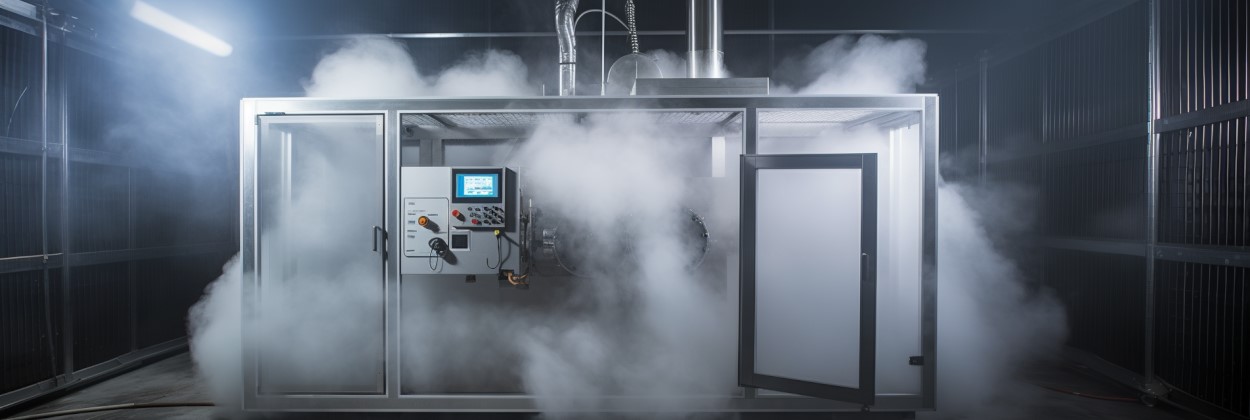The Crucial Role of Salt Spray Testing Labs in Evaluating Corrosion Resistance
Corrosion resistance is pivotal for the longevity and safety of protective coatings and finishes, especially for products like marine electrical and electronic equipment. Corrosion can severely damage the physical and electrical aspects of these devices, especially when used in the proximity of salty water like, for example, onboard vessels. Our product testing lab here at LabTest Certification focuses on Salt Spray testing, using controlled chambers to simulate harsh marine conditions and assess the corrosion resistance of these products. By selecting durable materials and improving protective coatings, we ensure these devices withstand the test of time. At our salt spray testing lab, we work together to combat corrosion in marine equipment.

Understanding Corrosion and the Salt Spray Test
Knowing about corrosion helps predict and prevent damage. The salt spray test recreates harsh settings where marine controls and other equipment might be used, such as geographic locations where moisture and high mineral presence impact susceptible materials. By exposing these products to a controlled corrosive environment in a lab, we can see how well they would hold up in real-world marine conditions. Within the salt spray test process, specific spray compositions can be modified to achieve more direct results on specific materials. Variations include Acetic Acid-salt mist, Acidified Synthetic Sea Water, or CASS (Copper-Accelerated Acetic Acid Salt Spray) for electroplated or anodized aluminum products. This knowledge helps pick suitable materials and coatings for durability and quality. To get more technical, we perform Salt Spray tests in accordance with a number of standards, including MIL-STD-810, ASTM B117, IEC 60068-2-11, IEC 60068-2-52, and IEC 60068-2-60 among others.
Salt Spray Test Procedure
We start by preparing the test samples by inspecting, cleaning, and photo documenting before running the test in a controlled environment. We monitor/data log important factors which include salt spray rate and chamber temperature and in some cases collect spray concentration. Afterward, we thoroughly assess and analyze the results to gauge the material’s corrosion resistance.
Preparation and Execution
Proper cleaning of the material or equipment being tested is essential for integrity. This careful preparation is paramount for our salt spray testing services.
Salt Spray Chamber Features
| Feature | Description |
|---|---|
| Temperature control | Precise environment regulation |
| Robust construction | Stainless steel for endurance |
| Simplified sample placement | Efficient testing |
| Complies with ASTM B117 | Meets industry standards |
| Versatile functionality | Broad research applications |
Importance of Salt Spray Testing

Given the salt spray chamber features, this testing method is pivotal for ensuring the durability and quality of marine products. It’s indispensable for corrosion resistance testing, as it assesses corrosion withstand capability, Ensures safety regulations and standards, Improves material selection and durability, and Boosts product reliability and lifespan. Together, we can meticulously check that marine products are robust and reliable in facing harsh conditions.
In Summary
Here at LabTest, we know full-well that not much can escape corrosion’s relentless attack. We’ve dedicated ourselves to mastering salt spray testing. Through strict procedures, robust standards, and advanced chambers, we champion the fight against corrosion not only in Canada and the US, but worldwide. Our indispensable work ensures building materials survive and thrive despite salt spray corrosion.
For more information, please contact LabTest Certification at info@labtestcert.com.

